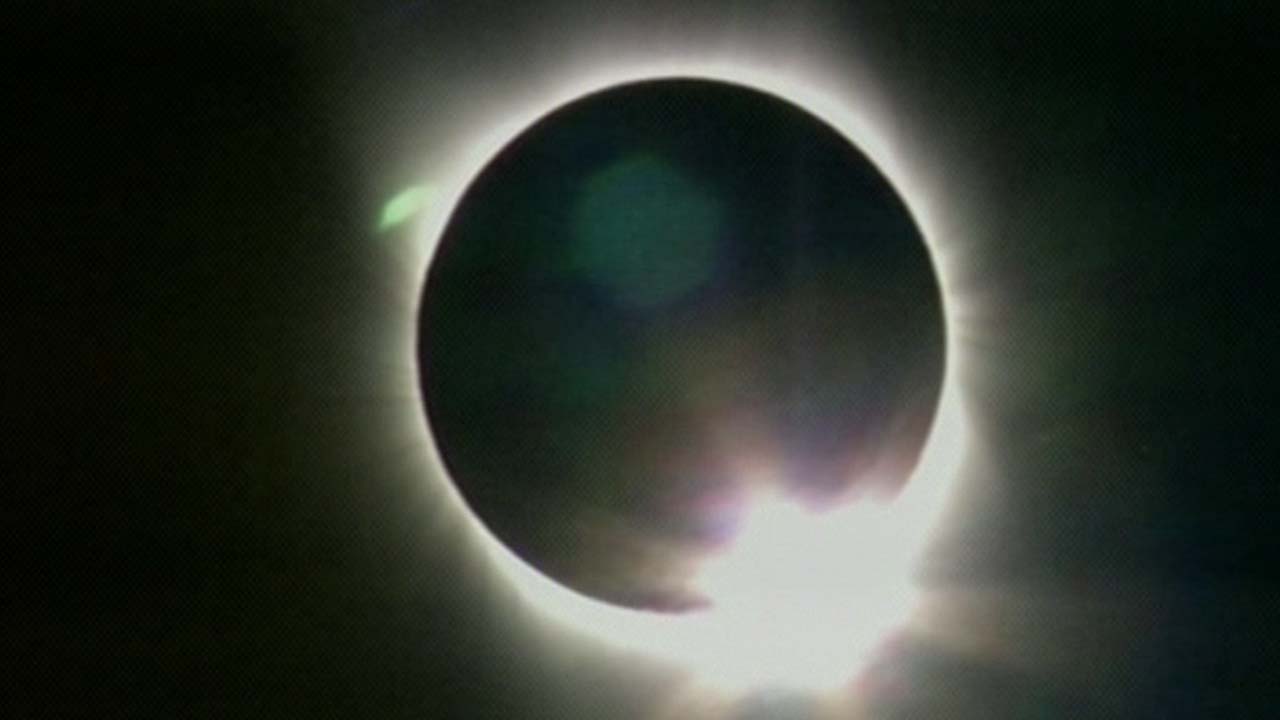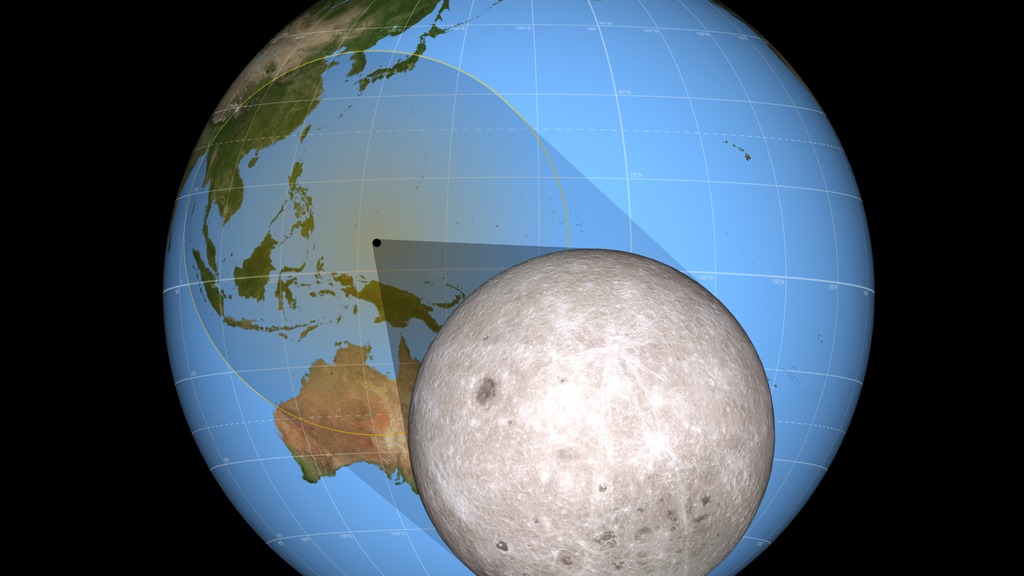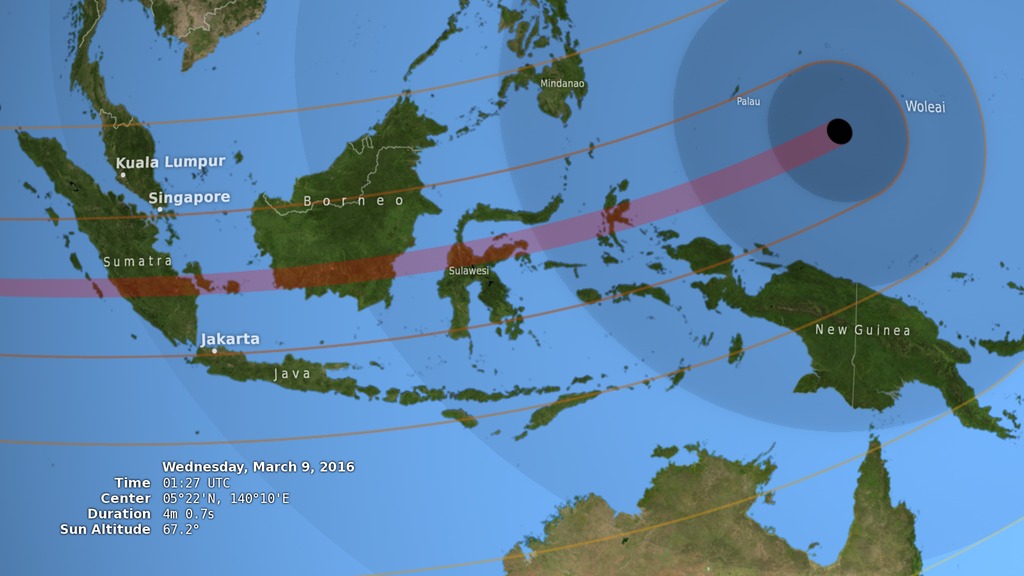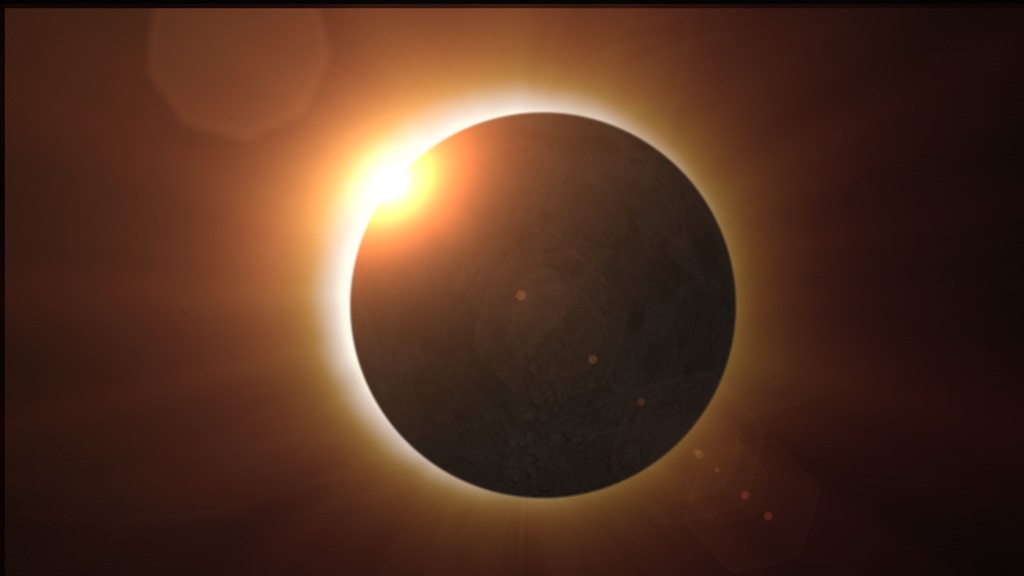2016 Total Solar Eclipse Live Shots
Solar Eclipse Live Shot Roll-ins
NASA scientists discuss the March 8/9, 2016 total solar eclipse.
A Moment in the Sun’s Atmosphere: NASA’s Science During the March 2016 Total Solar Eclipse
Eye Safety During a Total Solar Eclipse
More on Twitter @NASASunEarth
Share your eclipse pictures
Canned interview with Dr. Michelle Thaller
Dr. Michelle Thaller short social media promo
Canned interview with Dr. Alex Young
For More Information
Credits
Please give credit for this item to:
NASA's Goddard Space Flight Center
-
Producer
- Michelle Handleman (USRA)
-
Editor
- Rich Melnick (HTSI)
Release date
This page was originally published on Thursday, March 3, 2016.
This page was last updated on Wednesday, May 3, 2023 at 1:48 PM EDT.




